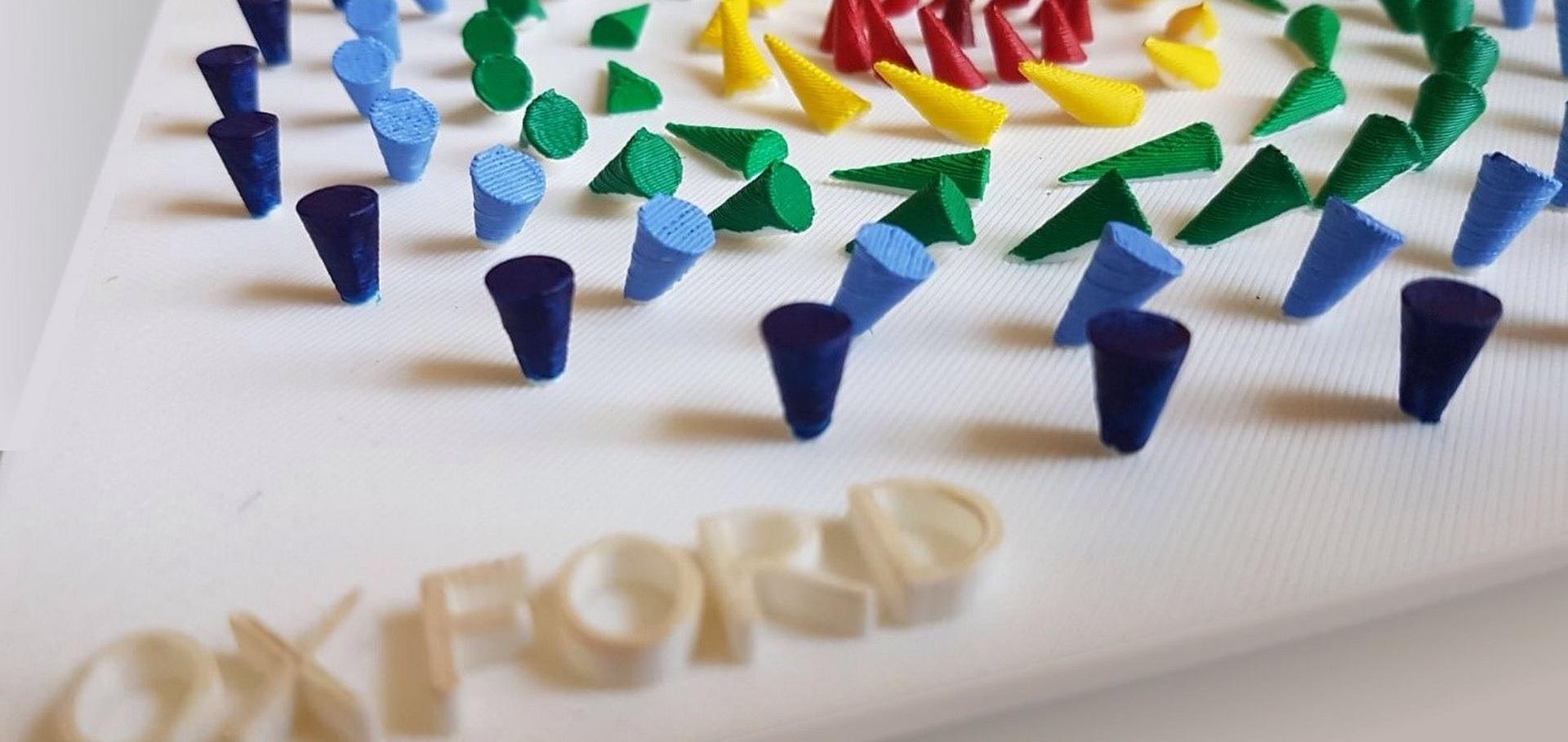Correction to “Rolling Motion of Rigid Skyrmion Crystallites Induced by Chiral Lattice Torque”
Nano Letters American Chemical Society (ACS) (2025)
Synthesis of Nanocrystalline Mn-Doped Bi2Te3 Thin Films via Magnetron Sputtering
Crystals MDPI 15:1 (2025) 54-54
Room-temperature in-plane ferromagnetism in Co-substituted Fe₅GeTe₂ investigated by magnetic x-ray spectroscopy and microscopy
2D Materials IOP Publishing 12:2 (2025) 025001-025001
Abstract:
The exploration of two-dimensional (2D) van der Waals ferromagnets has revealed intriguing magnetic properties with significant potential for spintronics applications. In this study, we examine the magnetic properties of Co-doped Fe5GeTe2 using x-ray photoemission electron microscopy (XPEEM) and x-ray magnetic circular dichroism (XMCD), complemented by density functional theory calculations. Our XPEEM measurements reveal that the Curie temperature () of a bilayer of (CoxFe)GeTe2 (with x = 0.28) reaches ∼300 K—a notable enhancement over most 2D ferromagnets in the ultrathin limit. Interestingly, the shows only a small dependence on film thickness (bulk K), in line with the observed in-plane (IP) magnetic anisotropy and robust IP exchange coupling. XMCD measurements indicate that the spin moments for both Fe and Co are significantly reduced compared to the theoretical values. These insights highlight the potential of Co-doped Fe5GeTe2 for stable, high-temperature ferromagnetic applications in 2D materials.Influence of an ultrathin Mn ‘spy layer’ on the static and dynamic magnetic coupling within FePt/NiFe bilayers
Journal of Physics D IOP Publishing 58 (2024) 045002


